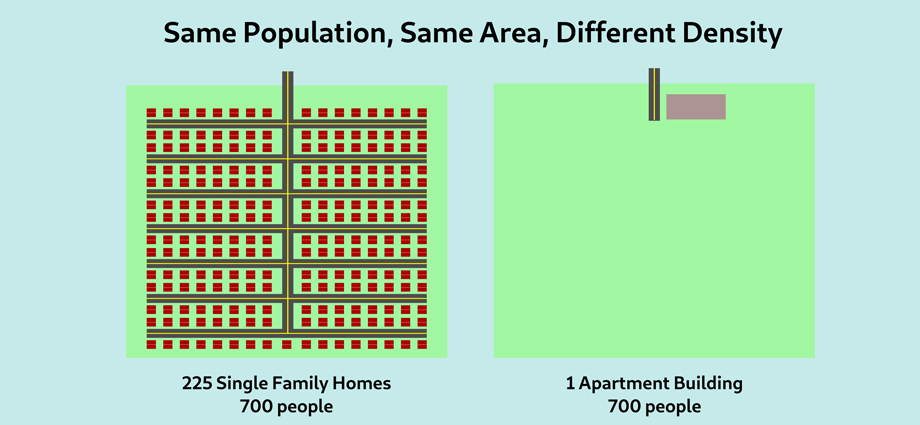
The density of population refers to the number of individuals living in a particular area, usually expressed as the number of persons per square kilometer or square mile. It is calculated by dividing the total population of an area by its land area.
Physical factors that affect population distribution include:
- Topography: Areas with rugged terrain, mountains, or steep hills may not be suitable for human settlement.
- Climate: Extreme climate conditions such as high or low temperatures, heavy rainfall, or prolonged droughts may discourage people from settling in certain regions.
- Water availability: Access to freshwater is critical for human survival and thus tends to influence settlement patterns.
- Soil fertility: Soil fertility determines the viability of agricultural practices and, therefore, may influence population distribution.
- Natural resources: Areas rich in natural resources such as oil, gas, minerals, or forests may attract human settlement.
Economic factors that affect population distribution include:
- Employment opportunities: Regions with high job opportunities tend to attract more people.
- Infrastructure: Areas with good infrastructure such as transportation, communication, and utilities such as electricity and water may attract people.
- Economic policies: Government policies and incentives aimed at attracting businesses and investments to specific areas can impact population distribution.
- Cost of living: The cost of living, including the cost of housing, healthcare, and education, can influence population distribution.
- Migration: Migration patterns may influence population distribution as people move to areas with better economic opportunities or better living conditions.
Examples of areas with high population density due to physical and economic factors include:
- Tokyo, Japan: Tokyo has a high population density due to its economic prosperity, job opportunities, and efficient transportation systems.
- Mumbai, India: Mumbai has a high population density due to its status as India’s financial hub, job opportunities, and low cost of living.
- The Nile River Valley: The Nile River Valley has a high population density due to its fertile soil, access to water, and agricultural opportunities.
- The Netherlands: The Netherlands has a high population density due to its efficient infrastructure, technology, and policies aimed at attracting businesses and investments.
- New York City, USA: New York City has a high population density due to its economic prosperity, job opportunities, and cultural attractions.